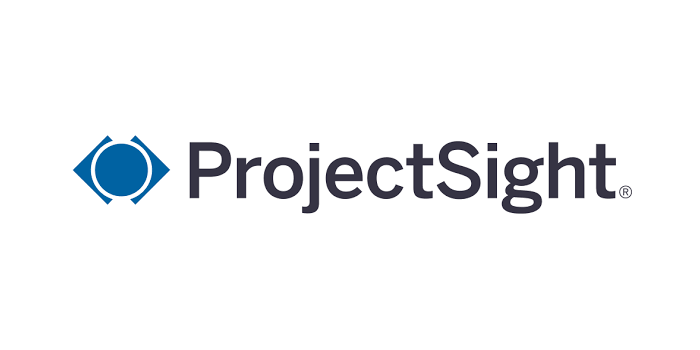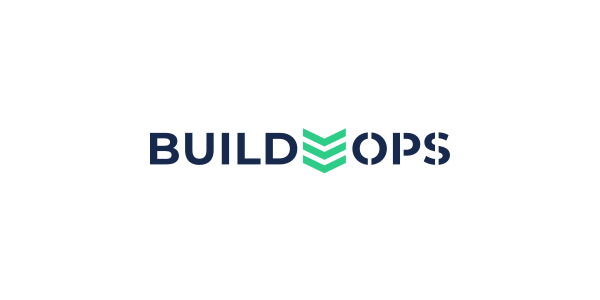
Article written by Brielle Regdos for CDP
WIP– Work in Progress– is a widely used term across various industries, but its meaning shifts depending on the context. In business and project management, it generally refers to unfinished tasks, projects, or deliverables, while in construction management, it carries a more precise definition.
WIP represents the value of construction work that has been started but not yet completed or billed. It’s an essential tool for tracking the financial and operational status of projects by showing what work has been performed, what has been billed, and whether the project is running ahead or behind schedule.
Key components of WIP reporting in construction include the:
- Contract Value: the total agreed value of the project
- Costs Incurred to Date: expenses already spent on labor, materials, equipment, and subcontractors
- Estimated Costs to Complete: forecasted remaining expenses
- Percentage of Completion: Often calculated as:
- % Complete = Costs Incurred / Total Estimated Costs
- Earned Revenue: Revenue recognized based on % complete
- Billings to Date: What has already been invoiced to the client
- Over/Under Billing:
- Overbilling: billing more than the work completed, which can cause cash flow issues later
- Underbilling: completing more work than billed, which is dangerous if payments lag
WIP reporting directly affects a construction company’s financial health. It supports cash flow control by ensuring billings align with project progress, aids profitability tracking by identifying jobs trending over budget, and strengthens decision-making by providing real-time visibility into whether projects are on schedule and financially viable. Not only does it support cash flow, but it plays a vital role in auditing and compliance, ensuring accurate financial reporting. In practice, construction companies prepare monthly WIP schedules to review each project, compare actual progress with billed progress, and make necessary adjustments to stay financially and operationally on track.
WIP reporting is far more than just a financial record, it’s a critical management tool that allows construction companies to maintain control over project performance and overall business health. By clearly illustrating the relationship between costs, billings, and progress, WIP provides valuable insight into whether a project is on budget, on schedule, and financially sustainable. When managed effectively, it not only helps prevent cash flow issues and profit erosion but also strengthens transparency and accountability through accurate reporting. Consistent and accurate WIP tracking equips construction managers with the information they need to make informed decisions, safeguard profitability, and ensure long-term success in a highly competitive industry!
Contact CDP to learn more about WIP Reporting, and how the right construction accounting platform can help transform your business.













